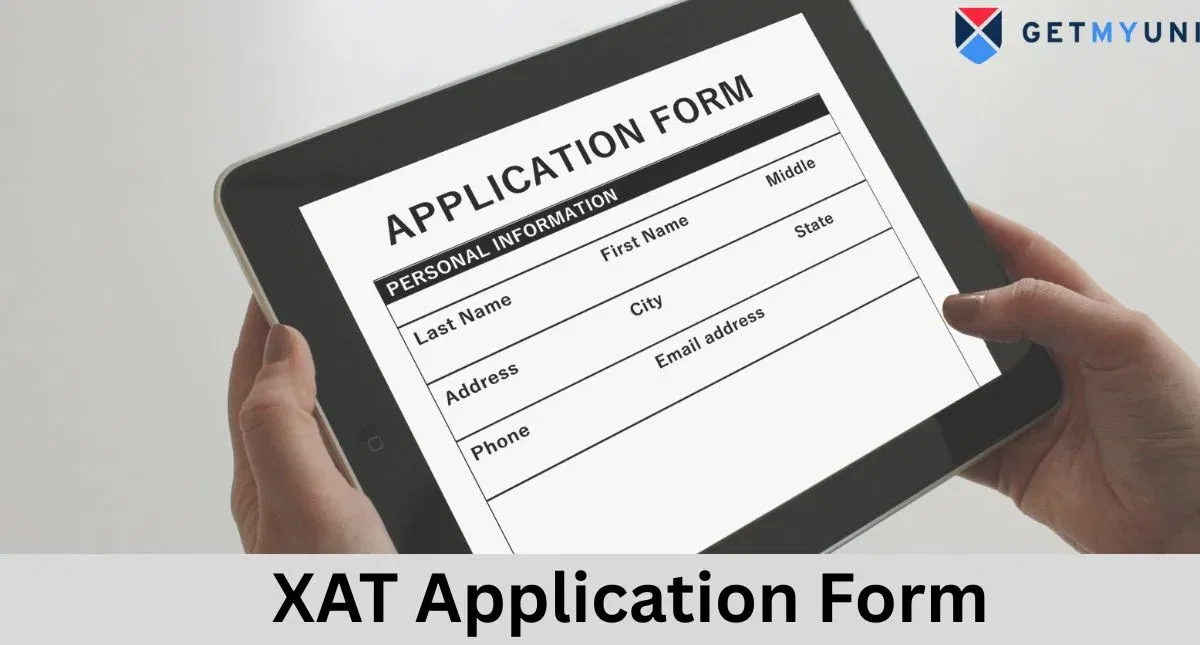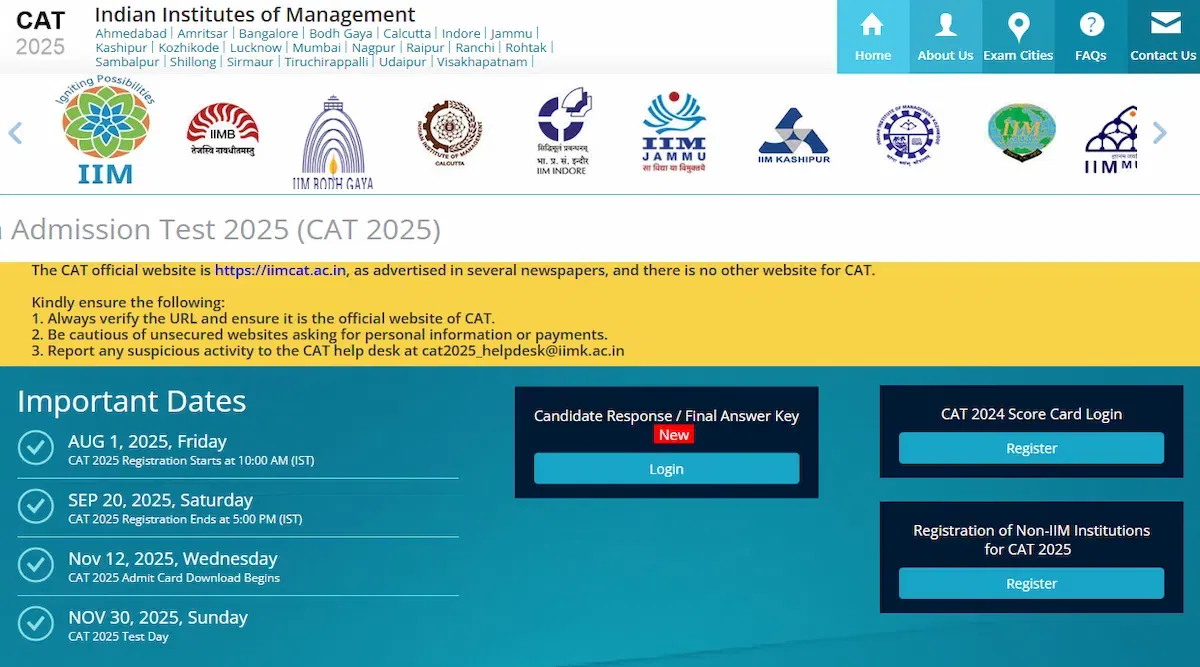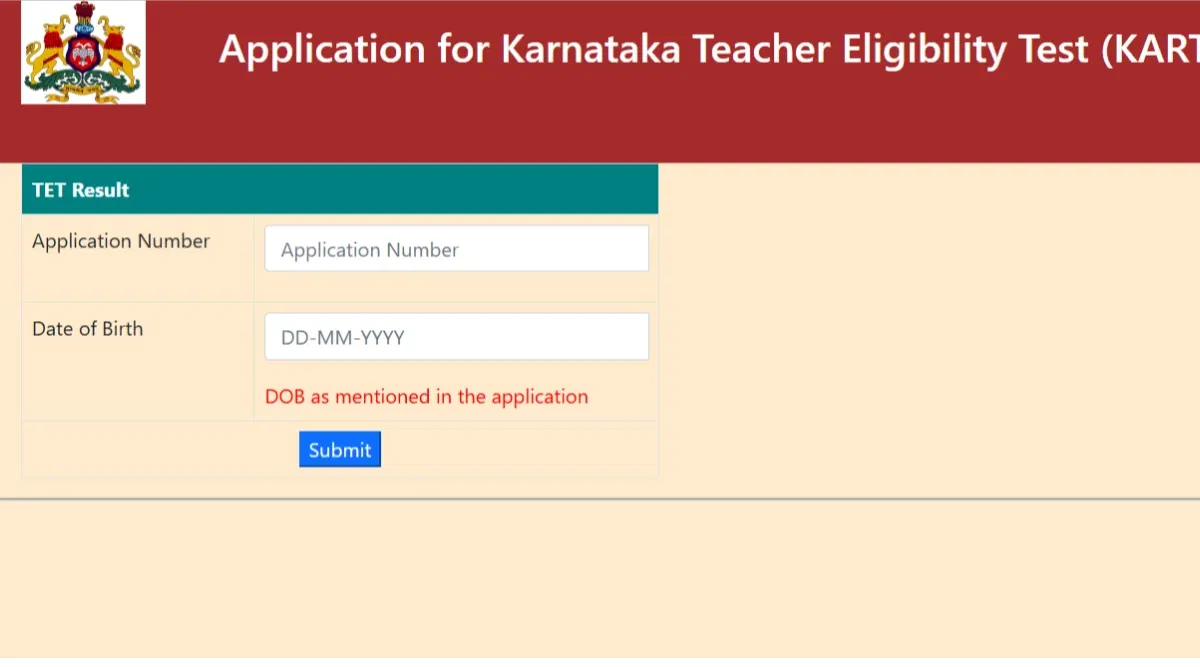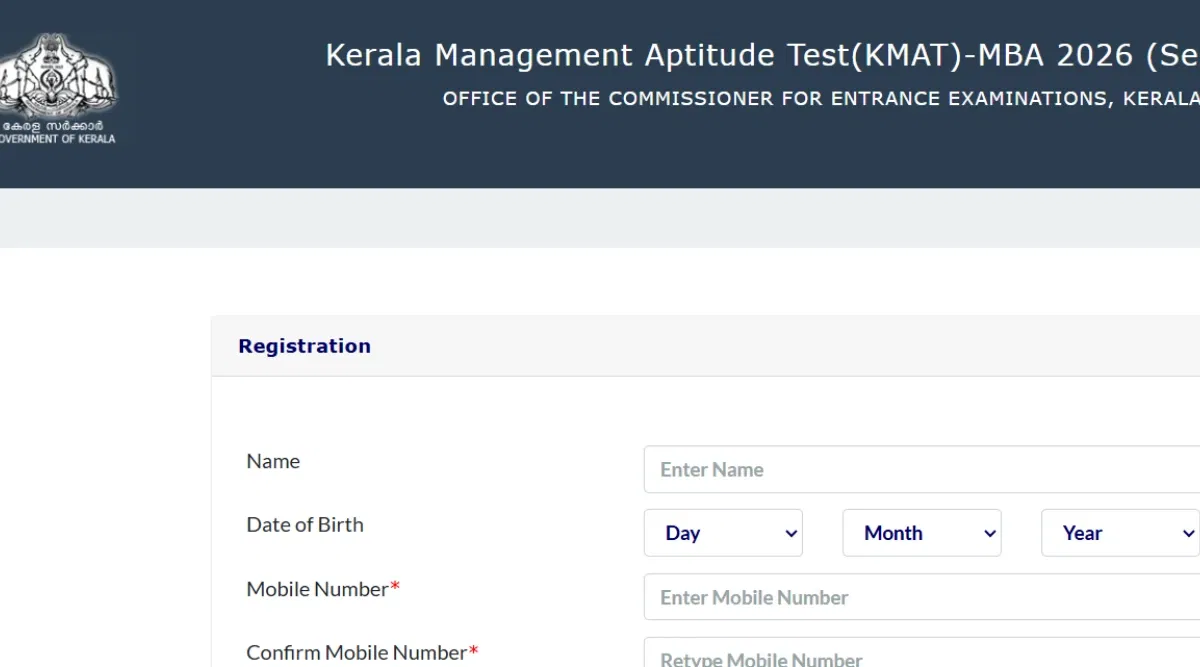Interested in product management but unclear about how to become a Product Manager? Here is the beginners guide to become a PM with the required skills.
Table of Contents
It is the dream of most people working in the marketing field to become a product manager someday. If you are interested in developing a new product and bringing it to the market, this article is for you. It is one of the most prestigious designations one can get in the field of marketing. However, many of them might be confused or have no idea what a product manager exactly does. Here is the beginner's guide on How to become a product manager from product management, roles & responsibilities, and the basic tools used by managers to use it.
Steps to Become a Product Manager in India
Most of the companies hire Product Managers with prior Product Management experience. Though many people are involved in creating a product, Product Managers are expected to have social skills as they are responsible for the entire product cycle from design to launch.
Here are five essential steps to become a successful product manager.
- Step 1: Choose Right Path
- Step 2: Acquire Skills
- Step 3: Be Familiar with Project Management Fundamentals and Process
- Step 4: Implement Projects
- Step 5: Create Project Portfolio
Step 1: Choose Right Path
There are three ways in which one can choose to become a successful Project Manager. And choosing the right path requires one to learn the top skills needed to succeed as a product manager.
Below are the three paths.
- Path 1: Take specialized training on Project Management, either online certification courses or offline courses. It is the most preferred path.
- Path 2: MBA program: After 3 to 5 years of professional experience, people apply for MBA programs to build knowledge on product vision and leadership skills. The program helps you take up a job role as a junior in product management.
- Path 3: Finally, the path is the slowest, where an individual with a vision to build a product gets the opportunity to be a Product Manager. For example, You come up with a vision to build a new mobile application in your current company. You may be offered the Junior Product Management role. In this case, they must develop their product management skills through their technical experience.
Step 2: Acquire Skills
A product manager is responsible for taking over the entire product cycle from idea generation to user experience. Hence a product manager is expected to have excellent technical and communication skills.
Some of the other key skills required in a Product Manager include,
- Understanding the User Experience
- Strategic Thinking
- Creative Thinking
- Superior Communication Skills
- Collaboration Skills
- Technical Expertise and Business Skills
Step 3: Be Familiar with Product Management Fundamentals and Process
To be a successful Product Manager, one must be prepared to take a great responsibility from understanding the technology to the user experience. The primary learning any project manager requires is Project Management. The most effective way to learn product management is to enrol in a course.
Project Management courses help in a deep understanding of the marketplace and its customer base. Besides, the courses also help develop strategies for a go-to-market, position and price of the product, and develop a new approach to competitive analyses and status reports.
Step 4: Implement Projects
The best way to showcase your interests in Project Management is through your projects. Be it a product wireframe or case study or even research on companies products and your views on enhancing its efficiency.
Step 5: Create Project Portfolio
Use your portfolio to highlight your Product Manager skills. For example, focus on the projects that show your positive/strongest attributes, from managing large teams to your technical skills. In addition, add to your portfolio the obstacles faced and the process/ solutions derived from overcoming them.
Who is a Product Manager?
The product manager is responsible for carrying on the activities associated with launching or improving a product.
The areas of responsibilities of a product manager include:
- Market research
- Developing strategies and roadmap
- Communicating and coordinating the cross-functional team
- Launching the product
- Analyzing the feedback
What is Project Management?
Project management is implementing a set of strategies, ensuring continual support and improvement of a company's products in the marketplace. It involves improvement in product characteristics such as Product, Price, Place, and Promotion (So-called 4p's of marketing). It basically involves finding out the problems faced in the marketplace and solving them to make the performance better.
Areas of Responsibilities of a Product Manager
The Product Managers are responsible for gathering and prioritizing products based on customer requirements. In addition, they work closely with design, sales & marketing, and support teams to ensure revenue and customer satisfaction.
Here is the step-by-step procedure involved in the responsibilities of a product manager.
Conducting Research
Product Managers conduct research on the marketplace and customer satisfaction. It includes customer satisfaction surveys, competitor analysis, change in market conditions/environment, and analyzing technological advancements to understand the changes required in the product's characteristics. The deep research is made more it will help to improve the product.
Developing Strategy
When the product manager is done with the market analysis, it is time to shape the strategy to tackle the existing or future issues. The strategic plan includes objectives and goals with a precise or rough timeline.
Communicating Plans
The strategic plan with the product roadmap, a visual summary that explains the vision and direction involved in implementing the strategic plan, is presented to the stakeholders across the organization. The communication is made clear between the departments such as product marketing, development, and so on. The communication between the cross-functional team should be continuous throughout the development process.
Coordinating Development
The product manager should ensure efficient coordination between the various departments involved in the product development process. Coordination is really important and plays a major role in deriving a successful result.
Feedback
Finally, when the product is built or developed and launched in the market. The product manager will learn the product's response by collecting information through various sources such as data analysis, direct feedback, reviews, and so on. The product manager combines the sources, concludes what works and what doesn't. Then the whole process continues to make the product much better.
Check Top Management Entrance Exams in India
What Tools do Product Managers Use?
Project Managers use several product management tools to track, plan, and manage the daily works of their team. Various other features in the tools also include road mapping, product diagrams, and boards.
Here are the tools used by the product managers categorized into various aspects.
- Product Strategy and Road Mapping
- Analytics
- Customer Feedback
- Design and Wireframing
- User Experience Testing
- User Onboarding
- Collaboration and Productivity
- Project and Task Management
Product Strategy and Road Mapping
The platform helps to create a visual product roadmap to outline a strategy with a timeline. The development tools used are Jira, Azure DevOps, and Rally.
Analytics
Features of the Analytics platforms include the following.
- Amplitude - Used to grow your business across the web by understanding what makes users tick or take action. Amplitude enables the user to release better product experiences.
- Geckoboard - provides an up-to-date view of the metrics that matter by pulling data from various sources and displaying it in real-time dashboards that show its performance.
- GoodData - Converts data and user decisions into actionable insights.
- Domo - Creates real-time business visualization, which increases everyone's ability to act on data.
- HeapAnalytics - Analyze clicks, submits, transactions, and emails by capturing user interaction from the web, mobile, and cloud services.
- Google Analytics - Allows you to discover where the traffic is coming from and what people are doing on your website. It also allows you to identify the demographics of the traffic.
- Segment - Gather and translate customer data from any device across any tool, and dispatch data views to the needy team. The tool helps project managers convert all tracking code and advertising tags to a single API with Segment.
- Mixpanel - Track interaction on your mobile site by tracking user actions.
Customer Feedback
Features of the Customer Feedback platforms include the following.
- Formstack - Helps build and design powerful online surveys that can be embedded in websites and social media platforms to collect feedback from the customer.
- Google Forms - It is a free tool from Google which allows you to record the responses.
- IdeaScale - provides a platform to share an opinion based on the principle of crowdsourcing. It will enable the members to contribute ideas and then upvote or downvote them.
- Qualtrics - allows you to build complex surveys easily with the drag and drop option. Leverage 100+ question types, branching, embedded data, quotas, email triggers, display logic, mobile and offline compatibility.
- Spigit - Create and manage ideas organized in the pipeline to drive new business strategies, operational efficiencies, and product development.
Design and Wireframing
Features of the Design and Wireframing platforms include the following.
- Aha - Aha allows you to build wireframes, diagrams, and annotated images to attach them to the descriptions to further define the consumer needs.
- Balsamiq - The rapid wireframing options enables you to create mockups and share them with clients quickly.
- Mockingbird - Mockingbird is an online wireframing tool that allows creating, linking, preview, and sharing mockups of any website or app.
- UXPin - A design platform that allows advanced wireframing and user experience across the web, iPhone, and Android.
User Experience Testing
Features of the User Experience Testing platforms include the following.
- Clicktale: Visualize your customer experience by analyzing the interactions in the form of heatmaps and reports.
- FullStory: Record the user's experience by gaining crucial insight into your customer interactions within your website or app.
- Helio: Helio allows you to design products by revealing key user behaviours. It is a good tool to test your ideas and get feedback before implementation.
- Hotjar: It helps you to turn more visitors to customers by collecting user feedback.
- Lookback: Lookback allows you to see the screen, face, voice, and touches of your users. The facial expressions to various segments in the website or app will enable you to bring the required changes.
- Optimizely: Optimizely allows you to perform an A/B test on your website by changing colours, images, and text. It allows you to deploy the winning solution immediately.
- SessionStack: Monitor and analyze product defects and UX issues.
- UXCam: Capture screen recordings to learn what users are struggling with through their eyes. It also helps visualize heatmap on the touch interactions made by the users on the app.
User Onboarding
Features of the User Onboarding platforms include the following.
- Appcues: A tool that helps to publish in-app messages and walkthroughs to drive your users to action. Thus creating long-term customers.
- Hopscotch: Hopscotch accepts a tour JSON object as input and provides an API for the developer to control rendering the tour display, making it easy for the developers to add product tours to their pages.
- Inline Manual: It is a tool that helps the users with interactive tours, tips, and tutorials to guide them to their goals and get results.
- Whatfix - reduces training effort for your users with ease onboarding and improves support.
Collaboration and Productivity
Features of the Collaboration and Productivity platforms include the following.
- Confluence: Bring the team together and create documents as a team. Allows providing feedback in context.
- G Suite: Everything you need to connect with colleagues and instantly access - email, Calendar, Hangouts, Chat, Forms, Sheets, Slides, and Docs.
- Slack: shares a platform where the team can come together to find the important information by the right people.
- Zoom: Cloud video conferencing to set up simple online meetings that are easily accessible.
Project and Task Management
Features of the Project and Task Management platforms include the following.
- Asana: allows work on the go from anywhere. A web-based application that will enable you to keep team conversations in one place
- Jira: Tracking software that offers deep integrations throughout the development and releases workflow.
- Trello: A virtual whiteboard flexible enough to visualize projects at a high level using boards, cards, and lists.
Skills Required to Become a Product Manager
Product Managers must have excellent soft skills and hard skills. The primary skills are the ability to lead and make decisions.
Here are the top skills required to become a product manager.
- Observer
Product managers can spot opportunities in the marketplace where others may see nothing. This requires the keen ability to give attention to the details. Product managers do this to get a clear picture of where the product is currently and where it needs to be in the future.
- Strategist
The product manager will have several plans to increase the market of the product. But, first, they realize the potential of the market, competitors, and the company to make plans in order to move the product.
- Accountant
It is the responsibility of the product manager to set quantifiable goals and establish clear metrics. It is said that you can not improve on something which you cannot measure. The product manager maintains the dashboard of performance metrics. Developing the pricing strategy requires deep knowledge of accountancy.
- Aligner
The product manager makes sure that everyone is in sync while driving strategic alignment within the product and product team. They also have to make sure that the strategies are linked with day-to-day tasks performed by the various departments. He also optimizes the team with a specific job to make the result effective.
- Driver
The product manager drives the action by pushing the team harder to get meaningful work done. It also involves motivating and directing different teams towards the goal.
- Fighter
Aggressively changes the strategies according to the change in the marketplace. They are really curious and excited to find out a new trend or opportunity in the market.
- Fixer
They have good capabilities to solve complex problems. However, there can be unexpected issues in the process of developing or launching a new product that should be tackled by finding an effective solution.
Salary of Product Manager
According to PayScale, the average base salary of a product manager in India is INR 17.37 Lakh per annum. The salary also depends on their experience and skill. The pay also differs according to the location as Bangalore, Pune, and Hyderabad pay more when compared to the other cities.
Tabulated below are the salaries offered to the Product Manager in India.
| Product Manager | Salary (Per Annum) |
| Base Salary | INR 7.13 Lakh |
| Average Salary | INR 17.37 Lakh |
| Highest Salary | INR 30 Lakh |
| Bonus | INR 63,000 to INR 4.04 Lakh |























POST YOUR COMMENT